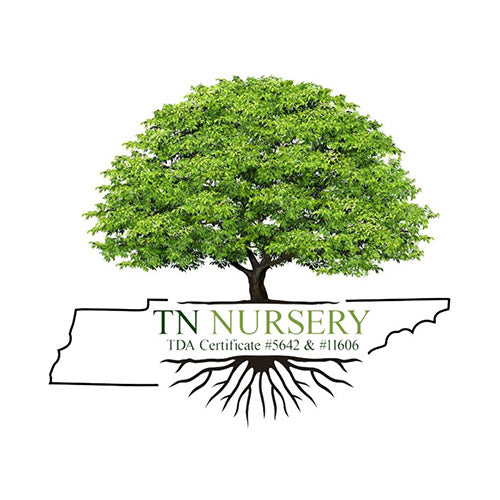


The graceful redbud tree, or Cercis siliquastrum is a harbinger of spring with its racemes of pink-violet flowers. Native to the Mediterranean, it is now a familiar sight in the southern United States. It is also related to the pea, and its flowers resemble pea flowers.
Hardy Zones Where Redbud Tree Grows
It does best in warmer climates, so it is appropriate for hardiness zones 6 to 9, where the lowest winter temperature is never under -5 degrees Fahrenheit. Mature Height It is a small deciduous tree, and it grows from 15 to 25 feet tall. It has a round, 15 to 25 foot crown made of zigzagging twigs. Some trees grow as tall as 50 feet, though in the wild it’s often an understory tree that grows in the partial shade given by taller trees. It has several trunks, many branches and heart-shaped, alternate leaves that are from 3 to 5 inches long. The margins are entire, which means there are no indentations or leaflets. They are smooth on top and glaucous beneath and have palmate veins. At first, the leaves are an attractive bronzy red, then lush green in the summer and finally shades of yellow or light brown in the fall. These colors ensure that the leaf is showy for most of the year.Soil Recommendations For Redbud Tree
The tree grows best in fertile, alkaline soil, though it does well in soil that is sandy, clayey or loamy. It prefers the soil's pH to be between 6.0 and 8.0 and needs good drainage though it can tolerate periods of dryness. The tree flourishes in full or indirect sunlight and needs medium watering. It can tolerate deer and some pollution and can be planted near black walnut trees. Black walnuts release a poison that often kills other plants near them. Bloom Color The reason for the tree’s breathtaking beauty is that the flowers appear well before the foliage. They are a stunning pink-violet or rosy-purple and arrive in great masses over old growth. About 3/4 of an inch long, they grow straight from the stems and branches and even from the trunk. They have fused sepals, five petals and are actually edible.Bloom Season For Redbud Tree
This tree is one of the first to bloom in the south. The bloom season is usually from March to April, but in warmer areas, the tree can bloom as early as February. The blossoms attract bees and other pollinators that are struggling to find nectar so early in the season. When the flowers fade they are replaced by long 4 inch long seed pods. These pods, which are deep purple, are mature in the summer but can be seen on the tree into the winter. To the Greeks, the pods resembled a weaver’s shuttle, or kerkis. This gave the tree its genus name. When the pods split open, the seeds are eaten by birds The redbud tree is easy to take care of and just needs a bit of pruning and fertilizer in the spring.
- Choosing a selection results in a full page refresh.
- Opens in a new window.



